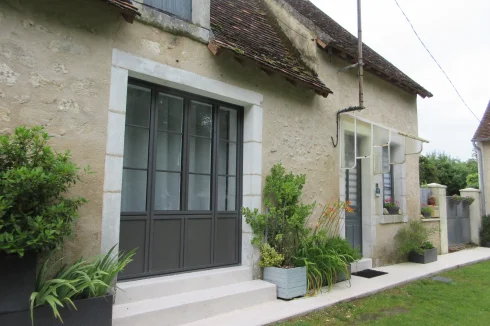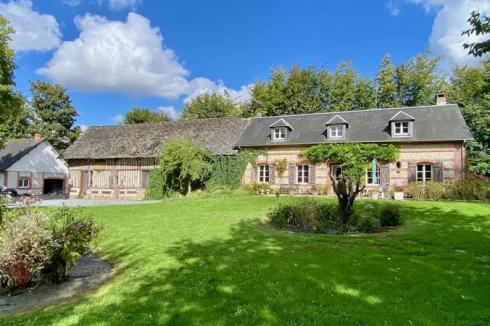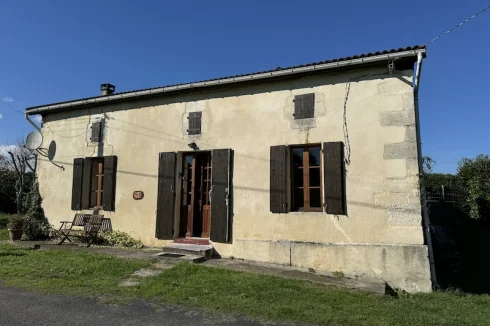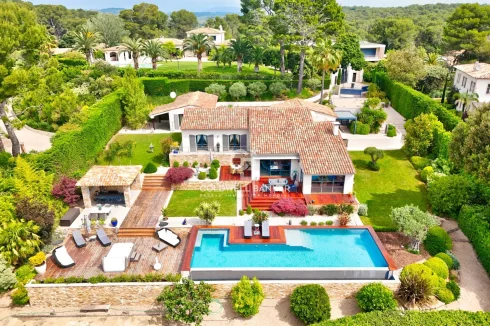New Speed Limit on French Roads
Friday 06 July 2018
The new 80kph speed limit on French secondary roads looks more like a symbolic gesture than a decision based on proper evidence.
Since 1st July, a maximum speed limit of 80kph has been in place on all French highways that have no central barrier, and where road signs indicate no other speed limit applies.
The new limit is part of a package of 18 measures announced by the government earlier this year to give a fresh impetus to reducing the level of road accident fatalities.
Improving road safety has been a key priority of most French governments since the early 1970s, when there were around 17,000 deaths each year, one of the worst records in Europe.
In the intervening years, much has been done to reduce the massacre, commencing with the introduction of safety belts in 1973, alcohol tests 10 years later, more stringent speed limits, tougher penalties and the use of speed cameras, being some of the key changes.
As a result, the number of road deaths is now down to around 3,500 each year, a figure that has remained relatively stable since 2013.
In January this year the Prime Minister, Edouard Phillipe, announced a new plan, with the objective of reducing the number of road deaths to under 2,000 by 2020.
The government claim that the reduction in the speed limit alone should reduce the number of deaths by 300 to 400 lives a year.
If the necessity for new measures was widely applauded, the 80kph speed limit has met with widespread criticism, from politicians, professionals and the public alike, with most considering it to be disproportionate and ineffective.
The '2,000 deaths by 2020' target is not new, for it merely restates a position announced in 2012 by the then Minister of the Interior, Manuel Valls, when he stated: “Nous devons réduire par deux le nombre de victimes sur la période 2011-2020. Cet objectif est ambitieux. Mais nous devons l'être. Il consisterait pour notre pays à être en dessous du seuil des 2 000 tués à la fin de cette décennie".
At the time, it was a statement that took many experts by surprise, for it was essentially a statement of political ambition, taken without any prior technical advice.
It was only subsequently that the government charged the national road safety council (Conseil national de la sécurité routière - CNSR) with coming up with a plan to achieve it.
Their principal recommendation was to reduce the main speed limit to 80kph, although it was not a unanimous view, and the committee recommended that a period of experimentation was needed in accident black-spots before it was rolled out across the country.
Such was the perceived unpopularity of the proposal that it was promptly put away in the bottom drawer, where it remained for several years.
It was brought out again in 2015, when the new Minister of the Interior Bernard Caseneuve announced that trials on a 80kph speed limit would be carried out on 86 kilometres of highway in different parts of the country over a two-year period.
The report on those trials has never been published, so it remains unclear whether there was a reduction in the death toll. The only information released by the government was that it showed speeds in the highway sections reduced on average by 4.7kph.
Despite several requests by the French parliament, the government have continued to refuse to release the report, justifying their reasons for being unwilling to do so by stating that the trial merely set out to establish if speed limits actually reduced!
The potentially inconclusive nature of the trials was confirmed in 2017 by the Prime Minister, Edouard Phillipe, in an e-mail to some French parliamentarians, when he indicated that the government did not wish to use the results of the study in coming to their decision to reduce the speed limit.
The government have also been reluctant to state other complementary reasons for introducing the measure, such as improved environmental benefits.
Perhaps that is because it is a claim that was also dished in a report by the their own environment advisors, who stated that: "les effets faibles sur l’environnement ont été estimés dans les scénarios et que la mise en place d’une telle mesure ne devra pas compter sur des bénéfices ou améliorations notables sur ce point".
Even the current Interior Minister, Gérard Collomb, appears to be lukewarm about the plan, declining comment on it.
In the face of the intransigence of the government, last February the national road safety observatory (Observatoire national interministériel de la sécurité routière - ONISR), undertook an a posteriori study of the accident rate in the trial areas.
Their conclusion was that although there had been a reduction in the accident rate, it was not statistically significant, stating: "En rapportant le bilan en moyenne annuelle, il apparaît que l'accidentalité sur les sections concernées a baissé durant l'expérimentation : entre 2010 et 2014, on observait 11,4 accidents corporels en moyenne par an contre 9 durant l'expérimentation. Néanmoins, les nombres d'accidents considérés étant peu élevés, cette baisse n'est pas statistiquement significative."
Last April, a parliamentary committee also criticised the 'brutal' nature of the decision, which they stated had been made without consultation with the key parties, notably the departmental councils who are responsible for managing the roads where the new limits will apply, as well as road users themselves.
They considered that a more proportionate response was required, which focused on accident black-spot areas, and not adopted for the whole of the network.
Although the government have stated that the new policy will be reviewed in July 2020, following an assessment of the impact of the change, the committee considered that such a review should have been carried out before generalisation of the measure.
There is also local resistance, with some councils refusing to assist in changing the road signs, and two separate legal challenges launched by a group of parliamentarians and an association of motorists.
The government have stated that if the results of the change are not up to their expectations they will "prendra ses responsabilités".
In the meantime, the highway authorities have been busy re-calibrating the speed radars and changing road speed limit signs at an estimated cost of up to €10m.
A decree published last month omits from the new limit dual carriageways that have no barrier, where the 90kph limit remains in place.
Thank you for showing an interest in our News section.
Our News section is no longer being published although our catalogue of articles remains in place.
If you found our News useful, please have a look at France Insider, our subscription based News service with in-depth analysis, or our authoritative Guides to France.
If you require advice and assistance with the purchase of French property and moving to France, then take a look at the France Insider Property Clinic.





